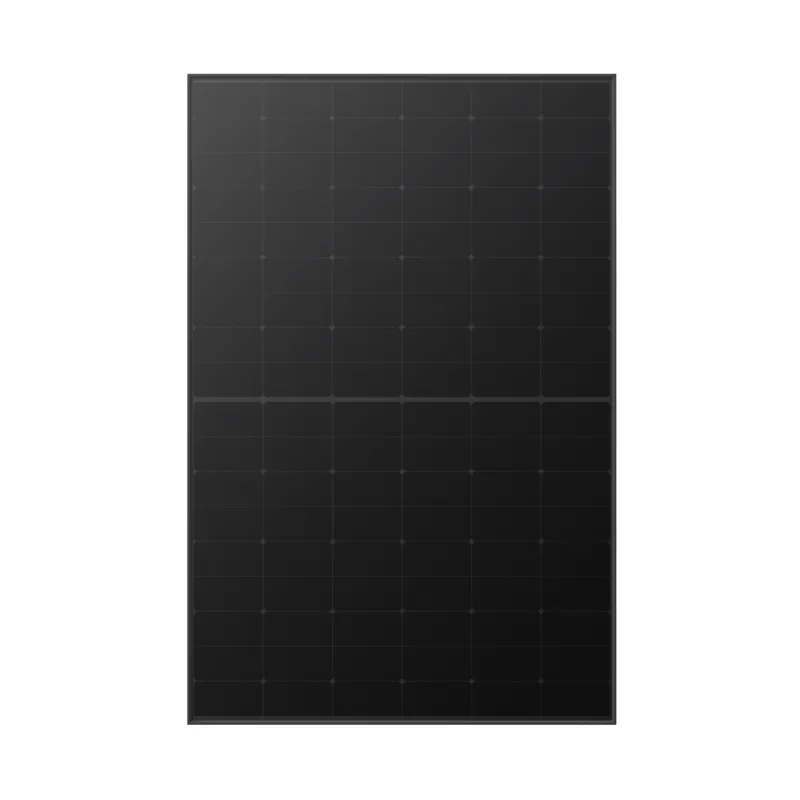Designing Efficient Solar Inverters for Optimal Energy Conversion and Performance
Understanding Solar Inverter Design
The design of solar inverters plays a crucial role in the efficient conversion of solar energy into usable electricity. Solar inverters are essential components in photovoltaic systems, as they convert the direct current (DC) produced by solar panels into alternating current (AC), which can be used by household appliances and fed into the electrical grid.
There are mainly three types of solar inverters string inverters, microinverters, and central inverters. String inverters are the most common type used in residential installations. They connect a series of solar panels (a string) and convert DC from the entire string to AC. Their simplicity and cost-effectiveness make them an attractive option for many homeowners. However, they can be less efficient in situations where some panels are shaded or dirty, as the performance of the entire string is dependent on the least-performing panel.
Microinverters, on the other hand, are installed on each individual solar panel. This design allows for optimization of each panel's output, which can significantly enhance energy production, especially in installations where shading or varying orientations are an issue. While microinverters can be more expensive, their ability to maximize energy harvest makes them a viable option in specific scenarios.
solar inverter design

Central inverters are used in large-scale solar power plants. They consolidate the output of multiple strings of solar panels into a single inverter system. This design is typically more efficient for larger installations; however, it requires a more significant investment upfront and is less flexible compared to microinverter systems.
The choice of inverter also impacts the monitoring capabilities of a solar installation. Many modern inverters come with built-in monitoring systems, allowing users to track energy production and system performance in real-time through applications on smartphones or computers. This feature not only enhances convenience but also aids in maintenance by quickly identifying any issues that may arise within the system.
Another critical aspect of solar inverter design is efficiency. The maximum power point tracking (MPPT) technology is often utilized to ensure that the solar panels operate at their optimal voltage and current levels, thus improving overall system efficiency. With advancements in technology, modern inverters can achieve efficiencies of over 98%, which is crucial for maximizing the return on investment in solar energy systems.
In conclusion, solar inverter design is a vital element in solar energy systems that can greatly affect energy production and overall efficiency. Whether opting for string, micro, or central inverters, understanding their design and functions can help consumers make informed decisions for their solar energy investments.
-
Understanding the Advantages of Solar String Inverters for Your Energy SystemNewsApr.29,2025
-
Choosing the Right PV Inverter: A Comprehensive GuideNewsApr.29,2025
-
The Future of Solar Power: Exploring Bifacial Solar PanelsNewsApr.29,2025
-
The Complete Guide to Solar Panels: Efficiency, Cost, And InstallationNewsApr.29,2025
-
The Best Options for Efficiency and Cost-EffectivenessNewsApr.29,2025
-
Harnessing the Power of Off-Grid Solar Inverters for Energy IndependenceNewsApr.29,2025







